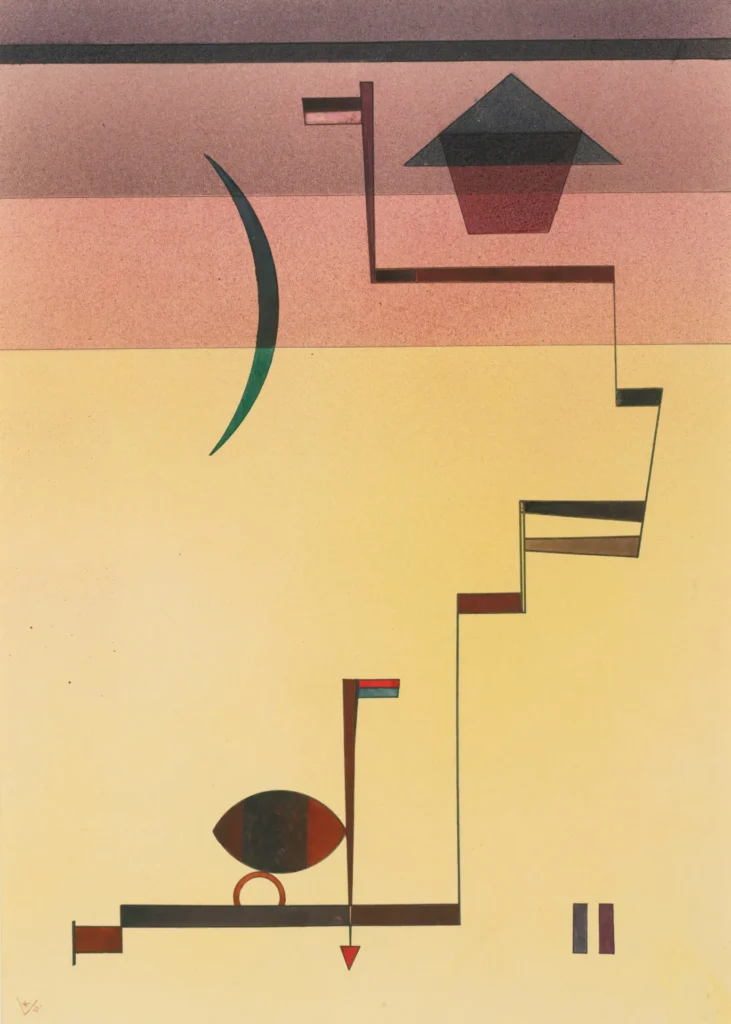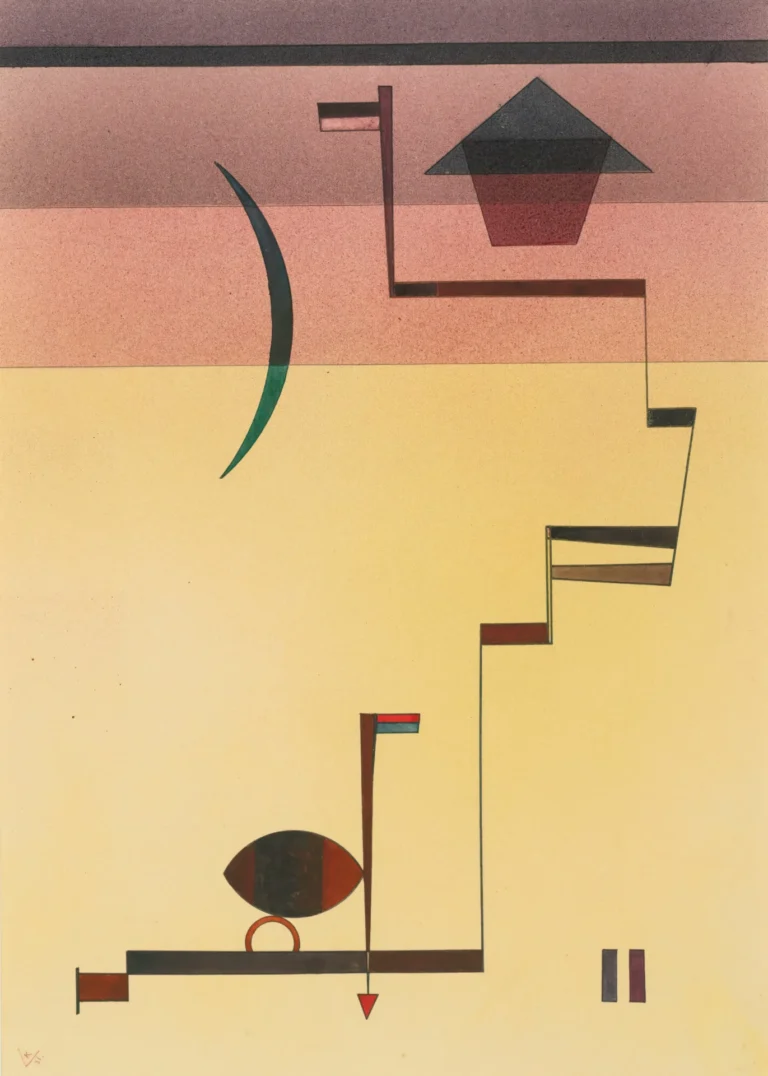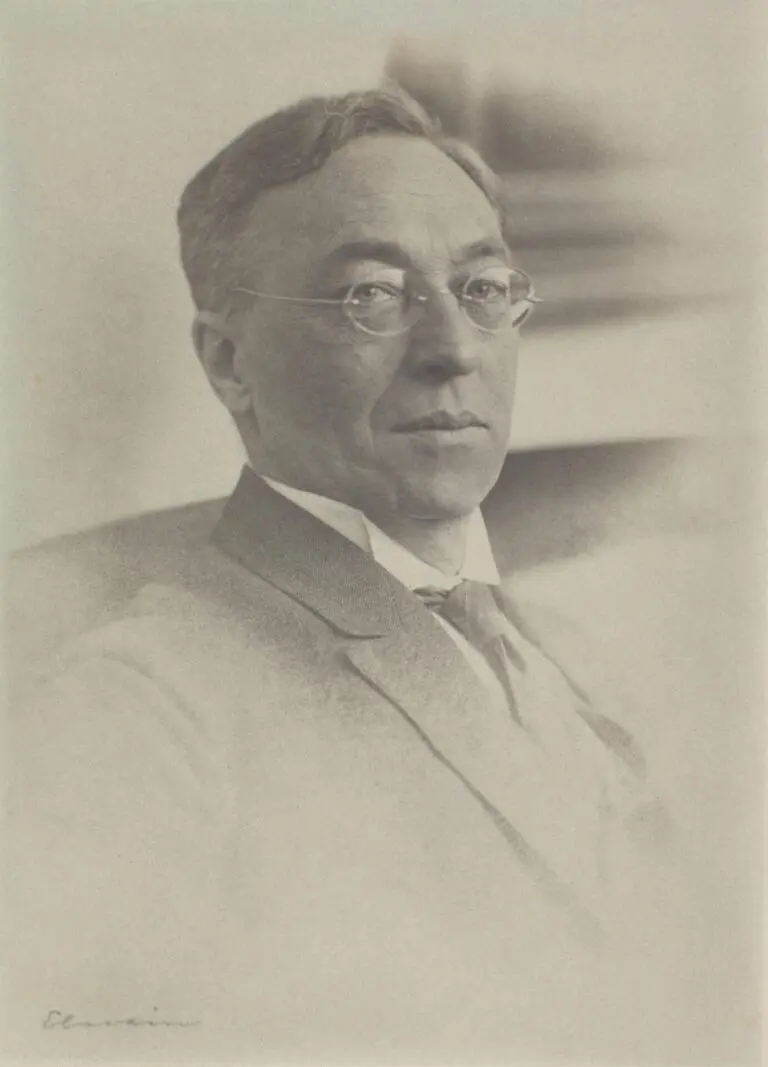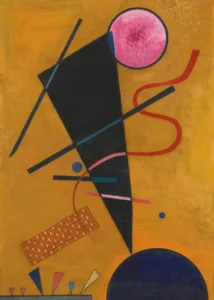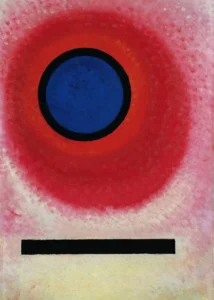Angular (1931)
'Eckig (Angular)' is a remarkable artwork by Wassily Kandinsky, completed in 1931. This piece exemplifies Kandinsky's unique abstraction technique, characterized by angular shapes and a vibrant interplay of colors. Measuring 19 1/2 x 13 7/8 inches, it beautifully captures the essence of geometric abstraction that Kandinsky is renowned for as a pioneer of the art movement. Through this artwork, Kandinsky explores the relationship between color, form, and emotion, inviting viewers to a deeper experience of the art.
Year 1931
About the Artwork
'Eckig (Angular)' emerged during a pivotal period in Kandinsky's artistic journey as he continually challenged the conventional boundaries of art. In 1931, Kandinsky was heavily engaged in his explorations of color theory and abstract expressionism, which transcended mere representation. This piece reflects his commitment to expressing spirituality through color, as well as his fascination with geometric shapes—both of which are hallmarks of his artistic philosophy. The title, denoting ‘angular’, highlights his focus on structure and form, allowing the viewer to engage with the artwork on a cerebral level. Kandinsky encouraged viewers to interpret visual art as a vehicle for emotional and spiritual response, something he achieved splendidly with this work.
Did You Know
Liked what you see? Add it to your collection.
Enjoyed reading? Share it.
... continued
Eckig (Angular)
Medium and Technique
The artwork is executed in watercolor, pen, and ink on paper.
Dimensions
It measures 19 1/2 x 13 7/8 inches.
Style and Significance
'Eckig (Angular)' is characteristic of Kandinsky's abstract art style, for which he is widely recognized as a pioneer. The title Eckig. which translates to 'angular' in English, reflects the geometric and angular elements that are prominent in the piece.




